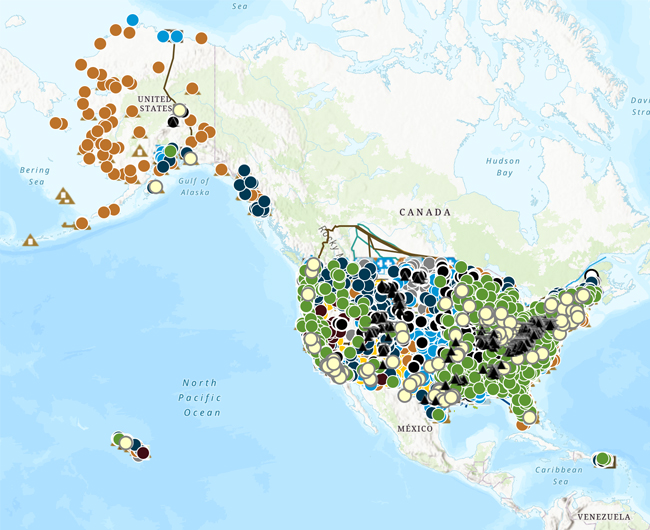Profile Overview
U.S Energy Atlas with total energy layers
 View the interactive map
View the interactive map Quick Facts
- Utah accounts for 16 of every 100 barrels of crude oil produced in the Rocky Mountain region. The state's five oil refineries, all located in the Salt Lake City area, can process nearly 207,000 barrels of crude oil per calendar day.
- In 2023, 46% of Utah's electricity net generation came from coal-fired power plants, down from 75% in 2015. Over the same period, natural gas-fired generation increased from 20% to 34% and utility-scale solar power grew from 0.1% to 11% of the state's generation.
- Utah has the nation’s only operating uranium ore mill, which processes uranium ore and radioactive wastes from other states. There had been no uranium mine production in Utah since 2012, but due to market conditions mining has recently resumed at two mines in eastern Utah.
- Almost 8 out of 10 Utah households use natural gas as their primary heating fuel, the highest share of natural gas home heating use for any state.
- Utah is one of seven states with utility-scale electricity generation from geothermal sources. In 2023, three geothermal facilities in southwestern Utah provided about 8% of the state's renewable electricity generation.
Last Updated: June 20, 2024
